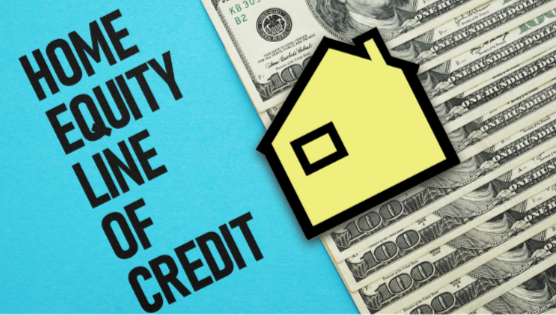Choosing The Best Materials For Your Next Roof Upgrade
Upgrading your roof is more than just a home improvement task. It’s a long-term investment in safety, comfort, and curb appeal. The right materials can make a huge difference in durability, energy efficiency, and maintenance. With so many options available, it’s important to understand what works best for your home and your budget.
Asphalt Shingles For Home Roof Repair
Asphalt shingles are one of the most popular choices for home roof repair. They are cost-effective, easy to install, and come in a variety of colors and styles. These shingles provide reliable protection against weather damage and can last for decades with proper maintenance. For homeowners looking to update without breaking the bank, asphalt shingles are a practical solution for roofing that combines value and performance.
Metal Roofing For Long-Term Durability
Metal roofing has gained popularity due to its strength and longevity. It can withstand heavy rain, snow, and high winds, making it ideal for areas prone to extreme weather. Metal panels are lightweight and reflect sunlight, improving energy efficiency. When planning a home roof repair or a full roofing upgrade, metal roofing offers a sleek look and long-term benefits that traditional materials may not provide.
Tile Roofing For Aesthetic Appeal
Tile roofing, made from clay or concrete, adds a classic and elegant look to any home. While heavier than other options, tiles are highly durable and resistant to fire and rot. This type of roofing is perfect for homeowners seeking a combination of style and strength. Tile roofing can be a standout feature in a neighborhood, enhancing property value while providing solid protection for your home roof repair needs.
Synthetic Roofing Materials For Modern Homes
Synthetic roofing materials, such as rubber, plastic, or composite blends, are designed to mimic traditional options while offering enhanced durability. They are often lighter and easier to install, which reduces labor costs. These materials can replicate the look of slate, wood, or tile while resisting cracking, fading, and moisture. Synthetic roofing is an excellent choice for modern homes that need practical solutions without sacrificing style.
Green Roofing Options For Eco-Friendly Homes
Green roofing incorporates living plants or reflective materials to improve energy efficiency and reduce environmental impact. This approach not only insulates your home but also helps manage rainwater and reduce heat absorption. While less common, green roofing can complement traditional home roof repair projects, providing both aesthetic and ecological benefits. It’s a growing trend in sustainable roofing solutions that homeowners should consider.
Wood Shingles And Shakes For Natural Charm
Wood shingles and shakes bring a rustic, natural charm to any home. Cedar is a popular choice because of its natural resistance to decay and insects. Wood roofing requires regular maintenance to preserve its appearance and longevity. For homeowners focused on both aesthetics and performance, incorporating wood shingles or shakes into roofing upgrades can create a warm and inviting look while ensuring reliable home roof repair.
Conclusion
Choosing the right materials for your next roof upgrade involves balancing style, durability, and budget. From asphalt shingles to metal panels, tile, synthetic options, green roofs, and wood shingles, each material offers unique benefits. Whether you are planning a small home roof repair or a complete roofing overhaul, understanding your options ensures a long-lasting and visually appealing result. Investing in quality roofing today protects your home and enhances its value for years to come.


